Misconceptions
Skeletal muscle is responsible for more than 25% of the body's Calorie use. [1] Resistance training is a key determinant in producing muscle gains. That should automatically give you a clue as to the importance of resistance training for weight loss; however, it depends on what you really mean by weight loss. In untrained individuals, it's fairly common to gain "weight" when beginning resistance training. I included the quotation marks around weight because most people confuse gaining weight with gaining fat and this can be scary for people who's goal is to lose "weight". It is important for you to keep in mind that just because your scale weight is going up, does not mean you are gaining fat. A more reliable way to track if you are gaining or losing fat would be to take a waist measurement or body fat percentage analysis.
Weight Loss
With the misconceptions out of the way, let's talk about how important resistance training is for fat loss. One study concluded that an exercise program consisting of resistance training (RT) and aerobic training (AT) did not produce significantly more fat loss than a program consisting of only aerobic training (AT). The key word there is significantly. Here is a table showing the results of the RT+AT group and AT only group. (NOTE: Resistance training alone only provided 0.25 kg (0.55 lbs) of fat mass reduction. Therefore, we will be looking at resistance training plus aerobic training instead, since this is a more common scenario anyway.)
Error margin not included in this figure
I've highlighted the three things I want you to look at. The RT+AT group lost 0.25 kg (0.55 lbs) less weight than the AT only group; however, they gained 0.75 kg (1.65 lbs) of lean body mass as opposed to the AT only group losing 0.125 kg (0.27 lbs). Therefore, even though the AT group lost more weight, the RT+AT group lost more fat. This reinforces the point I made earlier that scale weight should be taken in conjunction with a waist measurement and/or body fat measurement. [2]
Hackney, Engels, and Gretebeck (2008) reported an average 9% increase in resting metabolic rate (RMR) for 72 hours after an intense resistance training session in untrained individuals and 8% in trained individuals. As most individuals train at least every third day, the elevated RMR would seem to be a continuous physiological response to regular strength training. [3] Given a typical RMR of 1500 Calories, an 8% increase would result in an extra 120 Calories/day burned which equates to 3600 Calories per month. That's 1 pound of added fat loss per month! Although admittedly, this will cause some decrease in non-exercise activity thermogenesis (NEAT), which is basically any activity outside of the gym. This will cancel out some of the elevated RMR.
In the next article I will talk about weight maintenance (it's a lot more important than you think), which is where resistance training really shines. Thanks for reading! God bless you AND your family and I'll see you next week!
References:
[1] American Council on Exercise Personal Trainer Manual Fifth Edition
[2] Willis LH et al. (2012). Effects of aerobic and/or resistance training on body mass and fat mass in overweight or obese adults. Journal of Applied Physiology. December, 1831-1837
[3] Hackney, Engels, and Gretebeck (2008). Resting energy expenditure and delayed-onset muscle soreness after full-body resistance training with an eccentric concentration. Journal of Strength and Conditioning Research, 8, 53-57







